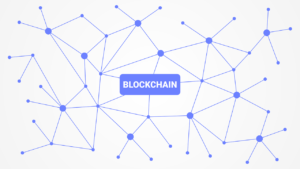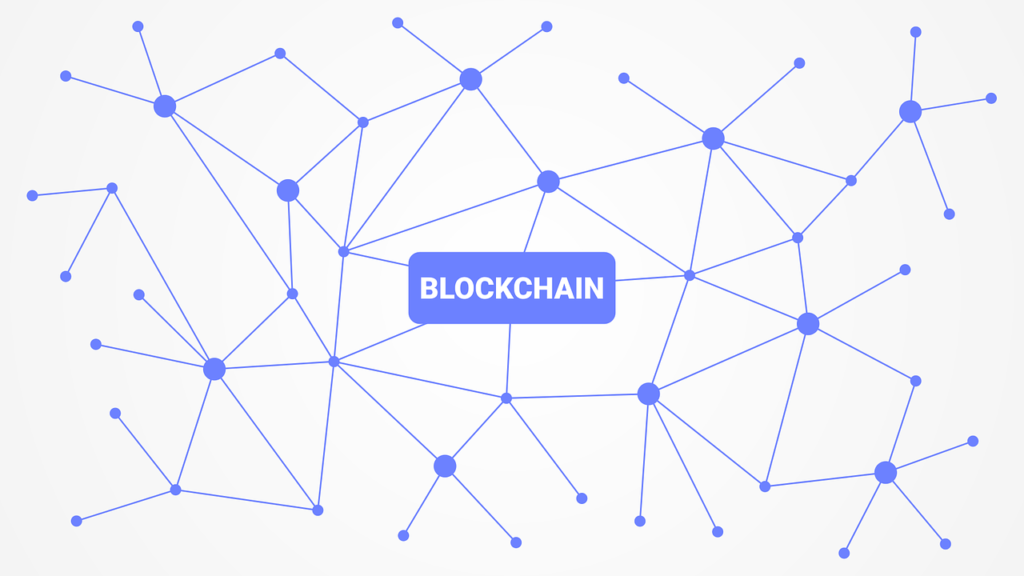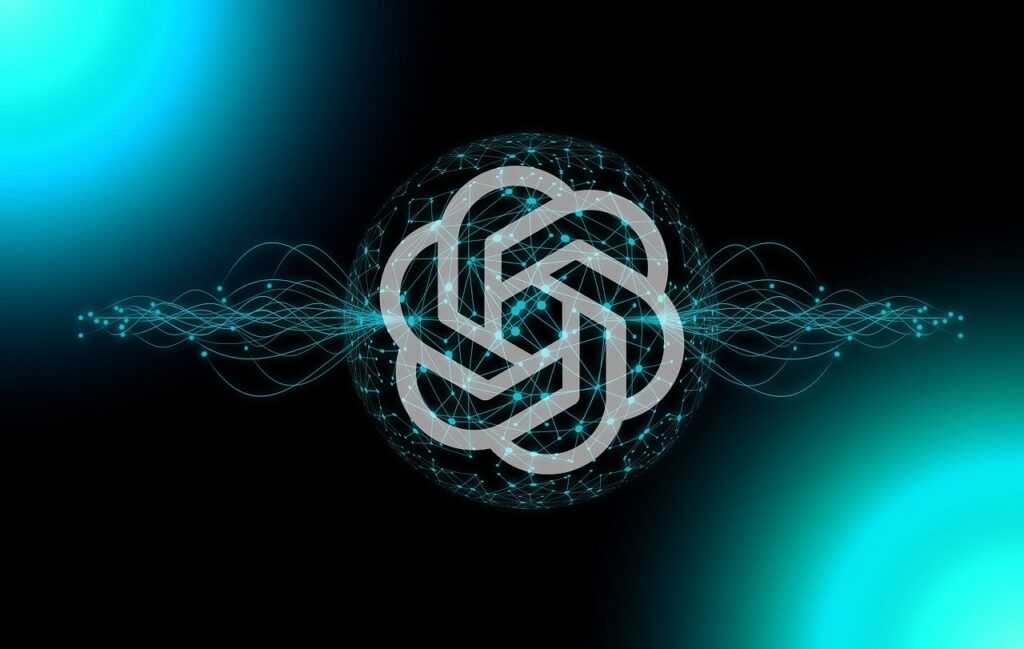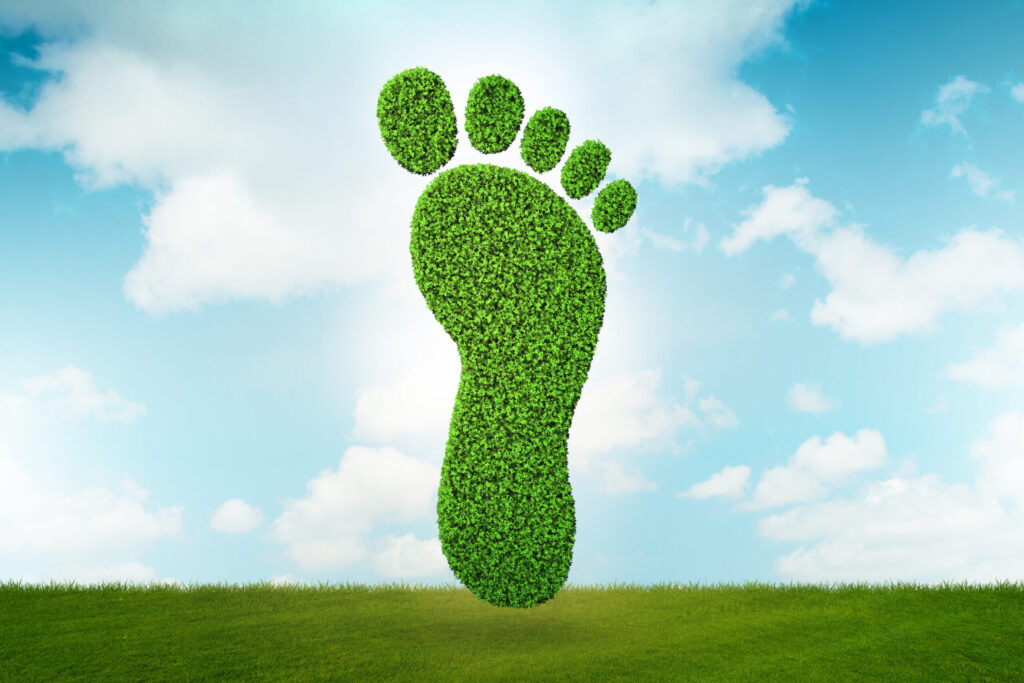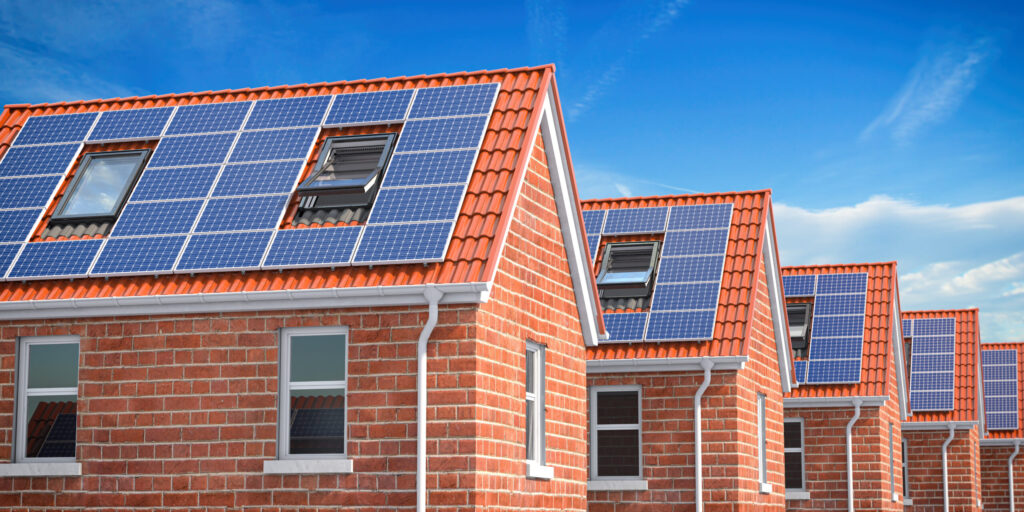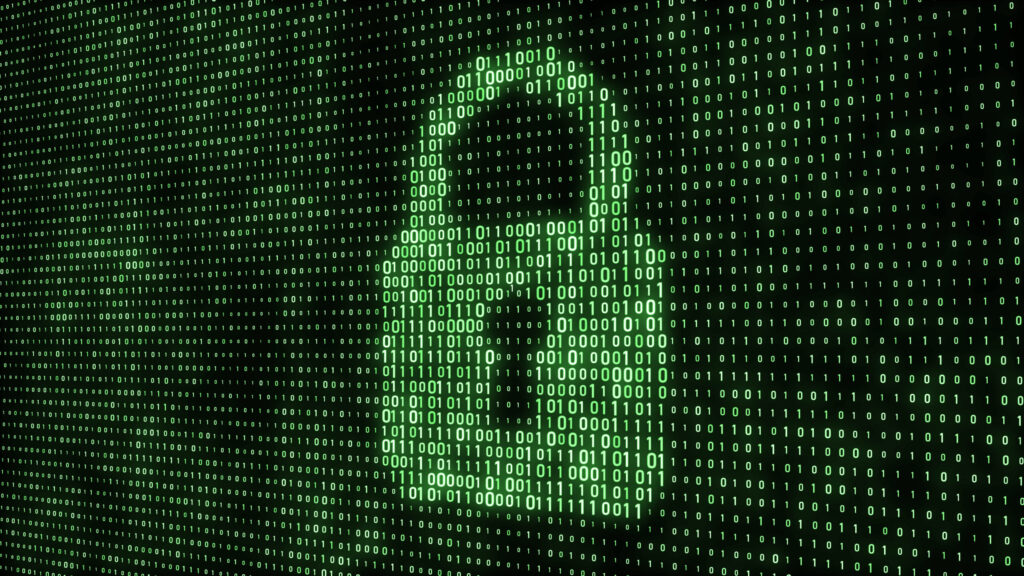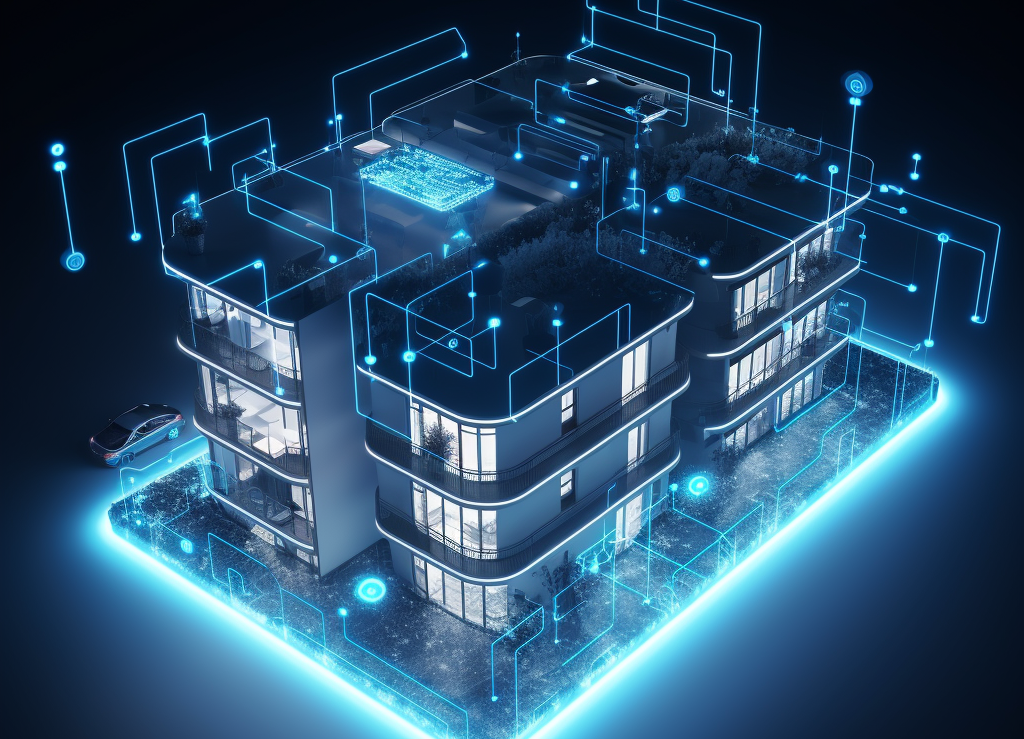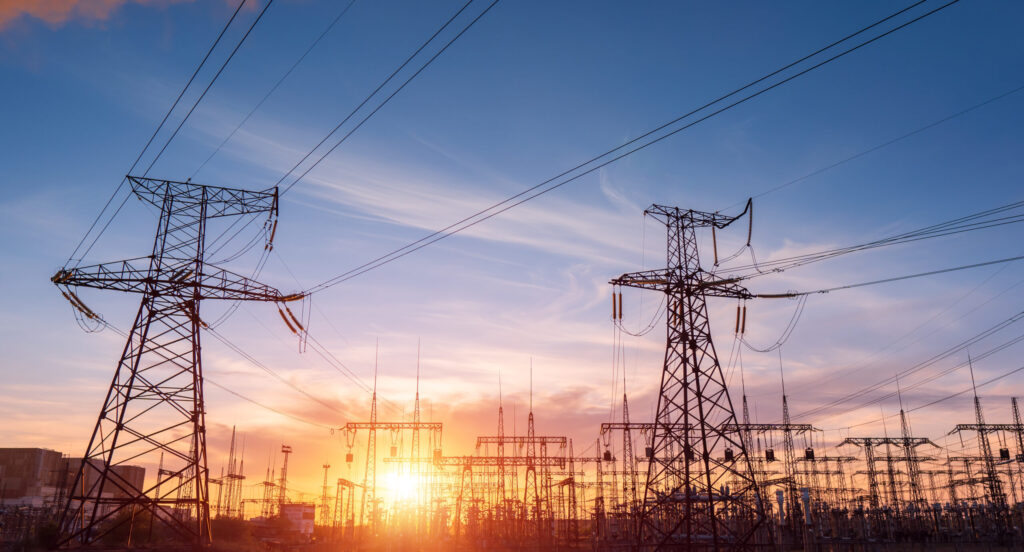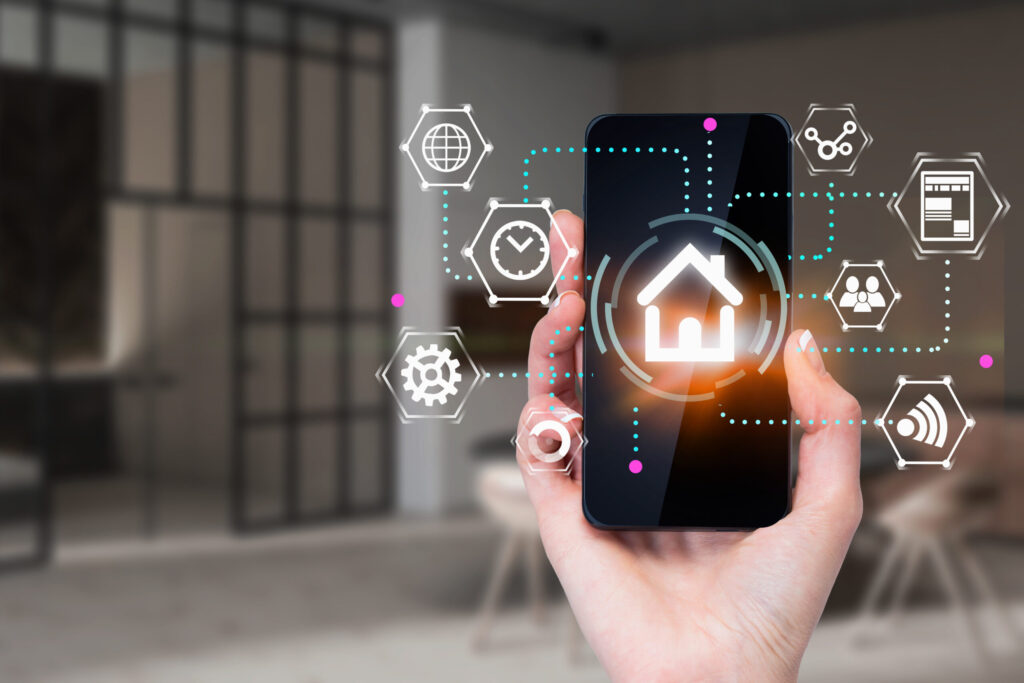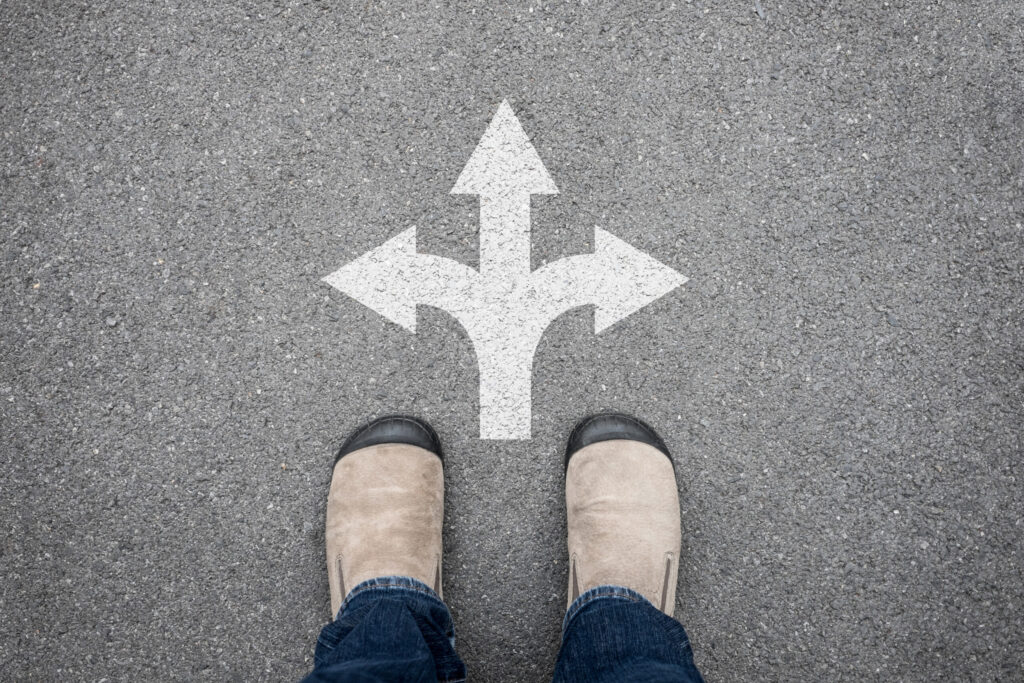In today’s increasingly eco-conscious world, the integration of and Leadership in Energy and Environmental Design (LEED) technologies in real estate is no longer a trend but a necessity. These environmentally friendly innovations are making a mark in the property landscape, blending sustainability with modern design to create spaces that are not only visually appealing but also resource-efficient and healthy for occupants. This article will delve into the essence of green and LEED technologies and explore the various impacts they have on properties.
Green technologies
Green technologies offer a suite of advanced solutions designed to reduce the ecological footprint of buildings. This includes energy-saving appliances that perform as well or better than traditional models while using less electricity or gas, thus cutting energy use and expenses. Green or living roofs are also part of this wave, where a waterproofed roof is bedecked with plants, enhancing both building aesthetics and environmental performance in urban settings. Furthermore, construction materials with low emissions play a crucial role, emitting negligible amounts of volatile organic compounds (VOCs), thereby improving both indoor and outdoor air quality. Additionally, solar panels—devices that transform sunlight into electrical energy—contribute to this eco-friendly arsenal. Together, these eco-friendly advancements unite to reduce energy consumption, cut down on greenhouse gas outputs, and foster a living environment that is both healthier and more sustainably aligned with our planet’s future.
LEED certification
LEED, or Leadership in Energy and Environmental Design, is a globally recognized green building certification system. Developed by the U.S. Green Building Council (USGBC), LEED sets stringent benchmarks for building performance in various areas, including energy efficiency, water conservation, and indoor air quality. Obtaining LEED certification signifies a building’s superior performance in sustainability and resource efficiency.
The impact on property
As we move forward, it’s imperative to delve deeper into the tangible and intangible benefits that accrue from the integration of green and LEED technologies into properties. The benefits extend beyond individual buildings, contributing to the broader community and environment.
Environmental Footprint: Green and LEED certified buildings have a significantly reduced environmental footprint. They are designed to conserve energy and water, reduce waste, and limit the emission of harmful substances. This not only benefits the environment but also translates into substantial cost savings in utilities and maintenance for property owners. The implementation of technologies like solar panels, energy-efficient appliances, and innovative heating and cooling systems reduces energy consumption. This, in turn, lowers utility bills for occupants and mitigates the strain on the national grid, contributing to energy security.
Water Conservation: Water-efficient fixtures, rainwater harvesting systems, and efficient irrigation practices are typical in LEED certified properties. These innovations lead to a significant reduction in water use, preserving this invaluable resource for future generations.
Waste Reduction: These properties are designed with waste reduction in mind. From the construction phase, the efficient use of materials and waste recycling is a priority. Occupants are also facilitated with features that encourage recycling and the reduction of waste, contributing to a circular economy.
Biodiversity and Ecosystems: Green and LEED buildings also consider the surrounding ecosystems. They are often designed to blend seamlessly with the natural environment, reducing disruption to local ecosystems and even providing spaces that encourage biodiversity, such as green roofs and gardens.
Property Value: Properties equipped with green technologies or those that have attained LEED certification often witness an appreciation in value. A LEED plaque is a hallmark of quality and sustainability, making such properties more attractive to potential buyers and tenants who are willing to pay a premium for eco-friendly living spaces. As the demand for sustainable living spaces grows, properties that boast green features or LEED certifications stand out in the crowded real estate market. They attract a segment of buyers and renters who prioritize environmental sustainability, leading to reduced vacancy rates and higher rental yields.
Community and Social Value: The intangible benefits to the community are profound. Green spaces, improved air quality, and aesthetically pleasing designs contribute to an enhanced quality of life. Furthermore, such buildings often become benchmarks of sustainability, educating and inspiring communities to adopt eco-friendly practices.
Regulatory Compliance: With global consciousness shifting towards environmental preservation, governments and regulatory bodies are implementing more stringent environmental standards. Green and LEED-certified buildings not only often meet but exceed these evolving regulations, positioning them at the forefront of compliance. Such proactive measures ensure that these properties remain relevant and up to date with the latest standards, eliminating potential legal hurdles and penalties. By being ahead of the game, property owners mitigate against the financial and logistical challenges of later adaptations, ensuring their investments are secure against future environmental mandates and remain attractive to environmentally conscious occupants and investors. This not only future proofs the property but also strengthens its market position, underlining its commitment to sustainable practices.
Future of Green and LEED Technologies: As we advance into a future where sustainability is at the forefront, the evolution of green and LEED technologies will play a pivotal role. Innovations in green technology are expected to become more sophisticated, integrating artificial intelligence and machine learning to optimize building performance continually. We anticipate seeing more autonomous buildings that are not only self-sustaining but also contribute positively to the surrounding environment.
Policy frameworks will likely evolve to encourage the adoption of these technologies, with incentives and regulations working hand in hand to shape a sustainable urban landscape. Occupants, too, will become more informed and demanding of green features, making them a standard offering in real estate projects rather than a luxury.
Conclusion
The infusion of green and LEED technologies in the realm of property is a testament to the evolving consciousness towards environmental sustainability. Property owners, developers, and occupants need to be proactive in embracing these trends. While the upfront investment can be substantial, the long-term payoffs in terms of cost savings, enhanced property value, and environmental conservation are profound. As the world shifts towards a more sustainable future, incorporating these technologies becomes not merely preferable, but vital for the comprehensive evolution of our habitats. The buildings of tomorrow are not just structures but ecosystems that nurture both the environment and their occupants.
Leveraging green and LEED-certified technologies is crucial, but it’s equally vital to ensure you capitalize on all available incentives and rebates to optimize your energy expenditures. EnergyServ Solutions partners with you to guarantee that you secure the most advantageous rates for your energy needs, making sure that your investment in sustainability is as economically beneficial as it is environmentally responsible.
